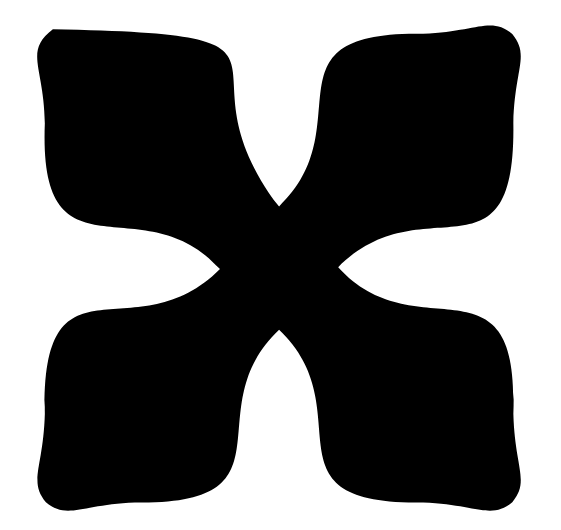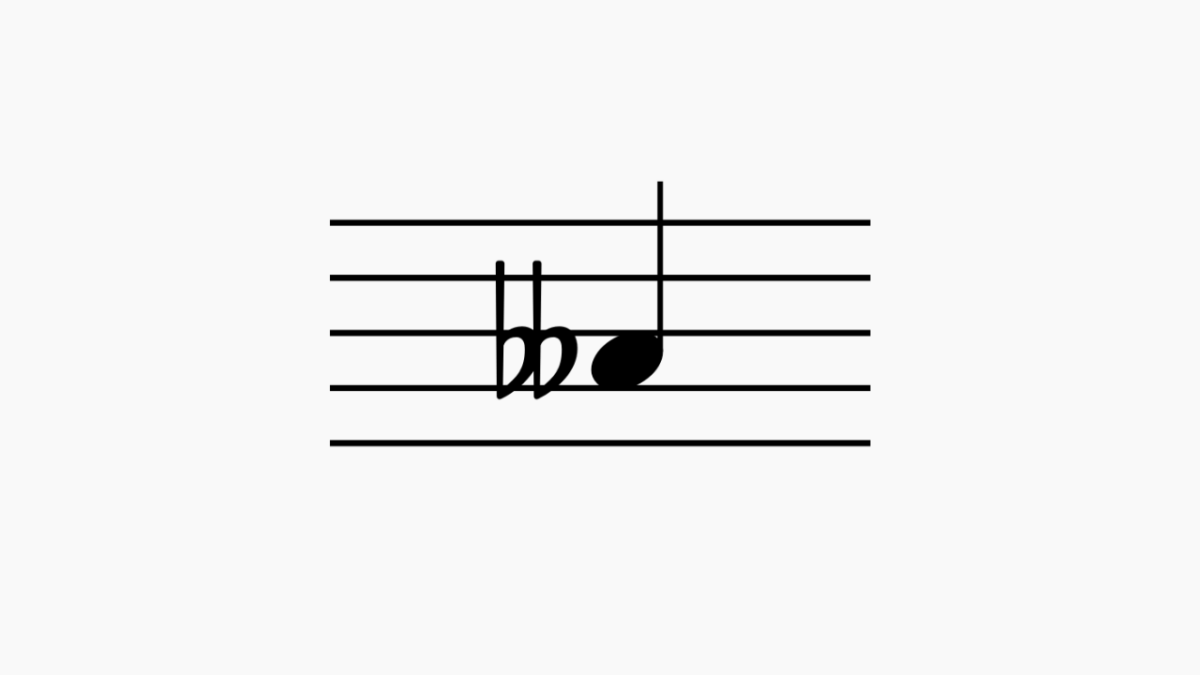The symbol ♭♭ (double flat) that appears in sheet music means to lower a note by two semitones (a whole tone).
In this article, we’ll explain in detail what a double flat means, how it’s used, and provide examples from actual piano performances!
What is a Double Flat (♭♭)?
A double flat (♭♭) is a musical symbol that lowers the original note by a whole tone (two semitones).
- A with a double flat becomes a G.
- B with a double flat becomes an A.
When you see a double flat in sheet music, remember to apply the rule: “lower the note by a whole tone.”
How Double Flats Differ from Other Accidentals

There are several symbols in sheet music used to alter pitch. Here’s a simple overview of the differences:
- Sharp (♯): Raises the note by a semitone
- Flat (♭): Lowers the note by a semitone
- Natural (♮): Cancels any previous sharps or flats
- Double Sharp (
 ): Raises the note by a whole tone
): Raises the note by a whole tone - Double Flat (♭♭): Lowers the note by a whole tone
The double flat consists of two flat symbols and is used to lower the pitch even more than a single flat.
Recommended article
When Do Double Flats Appear?
1. When Required by the Key
In certain keys, double flats are used to maintain the natural flow of the scale.
Examples: G♭ minor or D♭ minor.
2. When Modulating or Using Accidentals
Double flats may appear when the music modulates to another key or uses accidentals to adjust the pitch.
3. In Music with Non-Diatonic Elements
In genres like jazz or modern pop, where music often goes beyond traditional tonality, double flats may be used for expressive melodic movement.
Summary
The double flat (♭♭) is an essential symbol for understanding piano sheet music.
Remember the rule: “lower the note by a whole tone”—and you’ll be able to read sheet music more accurately!

